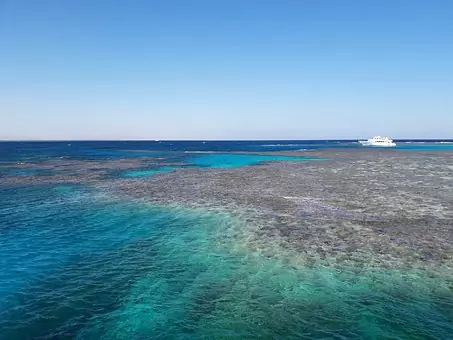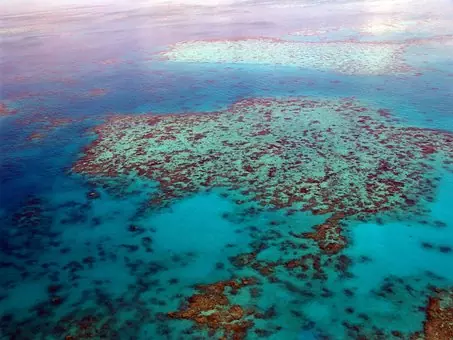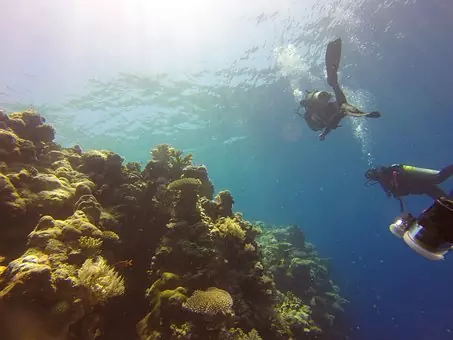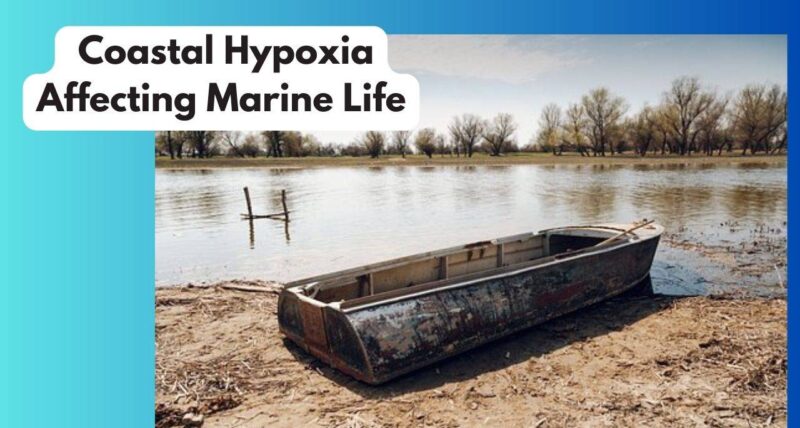More than habitat and pure water to drink, it is the Oxygen that keeps an organism alive. The importance of oxygen is the same for both humans and animals. However, as an effect of artificial circumstances, things go the other way. This causes the overall oxygen level to deplete in land and water bodies. The event is still bearable for land, but marine life is in grave danger. Science has a typical name for such incidents; researchers call them “Coastal hypoxia.”
What Is Coastal Hypoxia?
Specific water conditions where the oxygen level is mostly insufficient for the living organisms to breathe in. In scientific terms, these waters carry less than two milligrams of oxygen per liter. Under such a condition, organisms swim away into a different place with proper oxygen levels. However, it is not always possible and ultimately leads to mass death.

Since the start of the 20th century, the number of water bodies affected by hypoxia has increased. While the coastal waters and estuaries remain under attack, human intervention also affects lakes, streams, and rivers.
What Causes Hypoxia In Water?
There are multiple human-induced and naturally co-existing circumstances causing hypoxia. Let’s help you with the main:
- At times, the heavier water from the sea comes in contact with the estuary’s fresh water. Thus creating stratification within the water columns. Under such a condition, there is limited vertical mixing. For example – the oxygen dissolved in water on the top layers does not mix with the one at the saline bottom.
- Nutrient pollution (eutrophication) by humans is another cause. This can be the side effect of burned fossil fuels, effluents from wastewater treatment plants, and agricultural runoffs. Phosphorus and nitrogen are the main nutrients affecting the same. Also, certain products like parabens and SLS used in cosmetics have degenerative effects on the reefs.
- At times, abnormal phytoplankton growth prevents Sunlight from reaching the bottom of the water bodies. Which ultimately causes depletion in oxygen levels. When these algae die, its body sinks to the bottom and decomposes, causing the oxygen level to deplete.
How Is Hypoxia Of Ocean Waters Connected To Climate Change?
Climate change can intervene with the oxygen supply in water causing hypoxic conditions. The possible triggers include intense & frequent storms along with excessive warming of water bodies.
Since the advent of the 20th century. Man-induced activities like land-use alterations, dynamic agricultural practices, and excessive nutrient loading cause ocean water to lose oxygen. Since 1950, 500+ coastal water sites all over the globe have reported an alarming decrease in oxygen levels. Over the years, observations made by researchers it is evident that marine animals subjected to hypoxic conditions have not been able to undergo any type of adaptation. Instead, they continue living in the same environment and tolerate or suffer acute mortality.
Moreover, with global warming, there has been a tremendous increase in coastal hypoxia. The changes go as follows, an increase in water layer density stratification, low levels of oxygen solubility, and an increase in oxygen demand among the ectotherms (cold-blooded animals).
How Does A Fish Detect Hypoxia?
Marine animals comprise a cellular sensor known as a haem, which they use to sense oxygen availability in the water. Among fishes and mammals, a “heterodimeric transcription factor” or the HIF-1 (hypoxia-inducible factor 1) approves signals through phosphorylation or redox reactions over a molecular oxygen sensor. This later regulates multiple hypoxia-induced genes related to glycolysis, angiogenesis, and erythropoiesis.

In response, marine animals undergo various physiological and biochemical adjustments, allowing the animals to fit better into hypoxic conditions. The list goes as follows:
- As the very first response, the animals try to continue with their regular oxygen levels. Causing an increase in respiration and the number of RBCs.
- On continuation of similar hypoxic conditions, these animals resort to anaerobic respiration.
- Others leave the space in search of a favorable living environment.
- The overall phenomenon of hypoxia leads to the elimination of sensitive species. Thus causing major changes among the fish, benthic, and phytoplankton communities.
Coastal Hypoxia Affecting Coral Reefs
Coastal hypoxia is alarming and causes marine animals to continue their day under acute vulnerability. Owning to the exceeding hazards, researchers from Scripps Institution of Oceanography in San Diego, along with their colleagues at the national & international levels, went forward with an organized study. They considered 32 different sites revealing the effects of hypoxia on coral reefs.
The team went forward, revealing that 84% of the total was experiencing hypoxia at weak to moderate levels, and 13% were on the top of the severity scale. Further, the team based their findings on four different types of climate change, predicting that by 2100, the number will rise to 94% and 31%. The coral reefs will be experiencing weak to moderate & severe hypoxic conditions compared to the present circumstances.
The team went across finalizing 32 reef sites spread over 12 locations. This included the waters of Hawaii, Japan, Panama, Taiwan, Palmyra, and more. They did use SeapHOx sensors to collect datasets. The instruments used were primarily generated by Todd Martz’s lab of Scripps Oceanography.

Another study on coral reefs focused on the detrimental effects caused by nocturnal hypoxia on coral reefs. The team did find evident amounts of injury in the de-epoxidation state, photosynthetic apparatus, and the DNA of coral Acropora spp. However, these corals were not trying to stop pigment degradation or defend against the rising number of reactive oxygen species (ROS). Thus proving that the corals were habituated to such oxygen level oscillations daily. But the main concern of the scientists was the upcoming threat that these species would face when exposed to such conditions in the long term.
Research does predict that coastal hypoxia and climate change can shower adverse effects on the coral reefs. With an increase in hypoxic preconditions, there are probable chances for us to lose out on a massive part of the coral reefs. As per marine biologists, coral bleaching is the first step towards such an earth void of coral population.
Modern activists, organizations, and environmentally aware governing bodies consider coastal hypoxia a serious issue, making amends relevant. However, it is impossible to reverse the flaw committed to date, and only time can heal things for the better.



